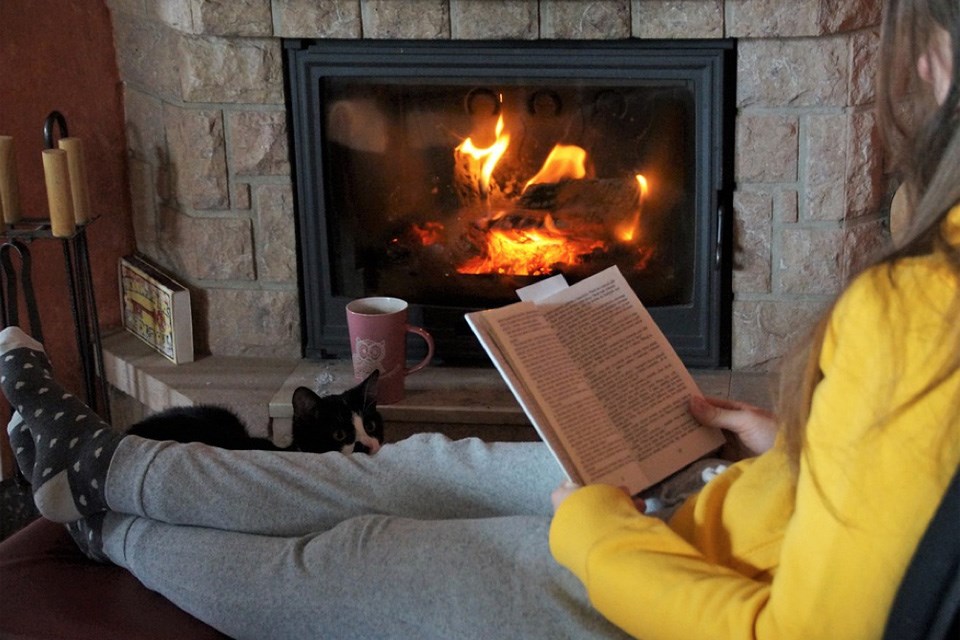Let’s take a look at how you can maximize the efficiency of your home heating system – and at the systems that are most helpful when it comes to downsizing your heating bill.
But first…
The most important thing to remember is that, no matter what heating system you have, if it isn’t sized correctly and able to work at its optimal level of efficiency, it isn’t going to help you save money – even if it’s the number one, top-rated system for heating efficiency. If the system you install is too small or too big for your home, if your home itself has too many inefficiencies, and if your system is bogged down because it hasn’t been cleaned or maintained in years, you aren’t going to notice an improvement on your heating bill this winter.
And with that out of the way, here are the heating systems that are topping the charts when it comes to efficiency.
#1: Heat Pumps
Heat pumps are considered to be the best candidate for heating efficiency because they work to create a temperature balance throughout your home. That means they capture the heat from outside and bring it into your home in the winter, moving it from place to place to heat rooms evenly and efficiently, and they capture the heat from inside your home in the summer and remove it to create a cooling effect. They are known for their efficiency, sometimes even producing as much as four times the electricity that powers them, and they do not burn fossil fuels to generate heat, nor do they create harmful gases during operation (no carbon monoxide risk here).
That said, they do tend to work best in moderate climates, so are common on the southern Canadian coastal provinces. Those that experience frequent deep-freezes (the prairies and northwards, for instance) may want to do a little more research to make sure a heat pump can be as efficient when it hits minus 40.
There are two main types of heat pump: geothermal and air-source
Geothermal are the most efficient, with the potential to cut heating bills by up to 70 per cent. They use the soil outside your home or a nearby body of water to capture and release heat via a series of pipes that are buried several feet below ground (did you know that underground temperatures that are even a few feet below ground can stay warm all year long?) and the circulation of either water or a refrigerant solution. The initial investment here can be high, but the system can usually pay for itself in savings within the first five years.
Air-source heat pumps capture heat from the air surrounding the equipment using heat-exchange properties of refrigerant (energy is captured when the refrigerant changes state from liquid to gas and back again during its cycle). They can even extract heat from cooler outdoor air, but their efficiency is dramatically reduced if the outside temperatures fall below 0 degrees Celsius, so this option is less helpful for most of Canada.
#2: Furnaces
Furnaces may not have the most energy- or cost-efficient reputation, but new technologies are making them more efficient than ever before. There are three types of furnace: gas, electric, and oil. A gas furnace may cost less to run, even though its heating efficiency is lower, simply because of the lower price of gas in recent years. Heating oil and propane are typically the most expensive fuel options. Electric furnaces do not burn fuel, but they may cost more than gas to run because electricity costs more BTU than natural gas. The trick to installing an efficient furnace is to look for a high AFUE (Annual Fuel Utilization Efficiency) rating. This indicated the amount that is converted to heat energy versus being lost in waste. the higher the AFUE number, the higher the furnace efficiency, regardless of the type of fuel it consumes.
#3: Boilers
Residential boilers tend to be less common, but they can offer an efficient and reliable heat source. They operate by boiling water and circulating heated water through your home through pipes and radiators. A standard boiler can have an AFUE of 90 per cent or higher, but a condensing boiler offers even more efficiency (up to 95 per cent).
Don’t forget this important step!
Regardless of the type of heat you have, in Canada, you probably need to think of a few secondary means of increasing the heating efficiency of your home in the winter. That includes ensuring the R-factor of your insulation, sealing drafts from doors and windows, making sure your duct work is clean and leak-free, and using programmable thermostats and other smart devices to control when your home is being heated so you can conserve energy. Don’t forget this step if you want to improve your heating efficiency this winter!
 This story was made possible by our Community Partners Program. Thank you NWR Painting Inc. for helping to expand local news coverage in the Bow Valley. Learn more.
This story was made possible by our Community Partners Program. Thank you NWR Painting Inc. for helping to expand local news coverage in the Bow Valley. Learn more.



